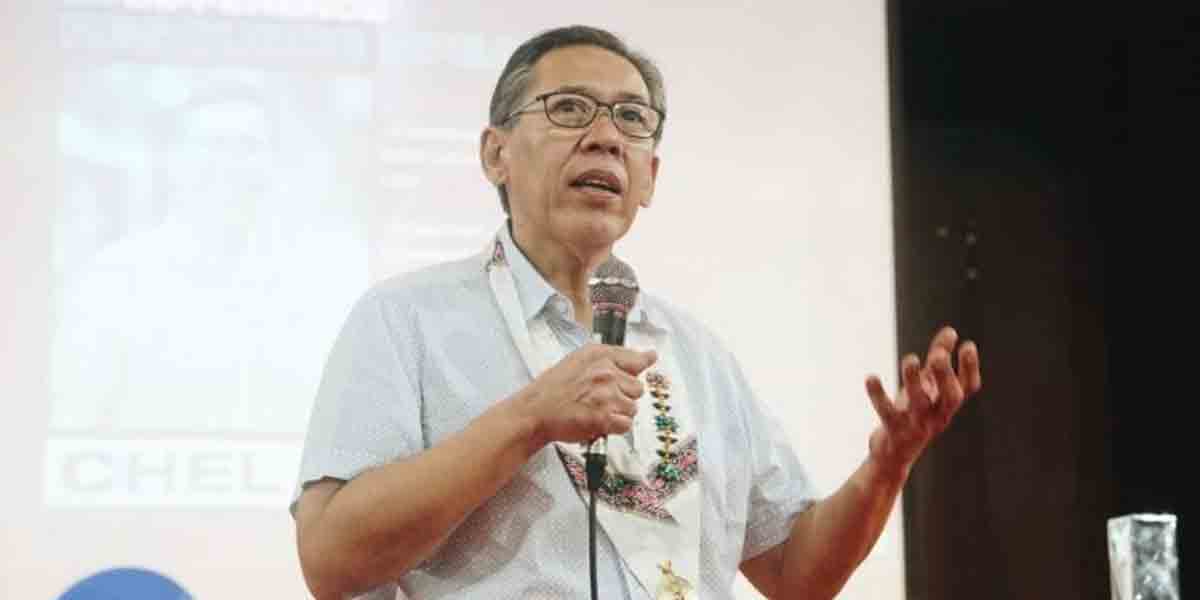 By Herbert Vego
By Herbert Vego
WHILE I was handing my senior citizen’s ID to a waitress of a restaurant, she looked at me as if to say I did not look my age. I was wrong.
“Lucky you for being a senior,” she said. “You get a 20 percent discount and pay no VAT for each meal.”
“Luckier you,” I quipped. “You have many more years to live. How old are you?”
“Thirty,” she revealed. “I have to wait for another 30 years to be a privileged senior citizen.”
“By that time I will have crossed from here to the afterlife,” I quipped matter-of-factly.
“No, Sir,” she joked. “If you eat here often, you will live to be a centenarian.”
She was probably trying to win a suki. But unknowingly she was giving me an idea on what to write about: longevity of human life.
In the Old Testament, a Hebrew patriarch named Methuselah lived for 969 years. Since then, man has searched for the key to longevity.
History records the pioneering and lifetime search of Ponce de Leon for the fountain of youth. Discovering Florida and its beautiful unpolluted beaches, he spent the rest of his healthy life there until 1521 when a poisoned-arrow wound cut it short; he was 61.
Nevertheless, it was a “ripe old age” by 16th-century standard when cures for diseases had yet to be discovered.
Since then, people have enjoyed longer lives because of advances in nutrition and medicine. A child born in 1900 could expect to live an average of 47.5 years.
In the Philippines, as projected by the Bureau of Census, the average life expectancy today is 71.41 years.
Everybody wants to live not just longer but healthier lives. We want to know why some die young while others grow very old. After all, nobody is exempted from wear and tear. Over time, everybody’s body deteriorates because it is not capable of replenishing all damaged cells. This is often apparent among the old who become senile due to the declining number of brain cells.
Way back in the 1950s, a scientist from the University of Nebraska, Denham Harmon, announced that he had found the reason behind aging. It is now widely known as the free radical theory. Based on his research, free radicals are chemicals that rob the body of its normal health by depriving the cells of oxygen, in effect triggering diseases, including all forms of cancer. This damage, called oxidation, is comparable to the rust-destruction of metals. Therefore, to rise to the age of Methuselah, one should wipe out free radicals.
Fortunately, like all other animals, the human being has an immune system that could produce antioxidants to fight free radicals. The older the body, however, the less it is capable of producing them. There is an urgent need for acquiring them from food and food supplements. Among the major food antioxidants that boost the immune system are vitamins A, C, E, zinc, beta-carotene, ginseng, magnesium, and selenium.
Studies have shown that people with sufficient vitamins E and C have lower risk of heart diseases. It’s because these antioxidants minimize fatty deposits in the arteries, thus preventing atherosclerosis or hardening of the arteries.
Wrong choices of food, on the other hand, may trigger organ malfunction. It is universally accepted, for instance, that too much sugar may damage certain body proteins, notably collagen. Since collagen helps form bones, teeth, skin and tendons, such damage could worsen from tooth decay to arthritis and diabetes. Diabetes is considered “accelerated aging.”
Perhaps, had Ponce de Leon not died due to poisoned wound, he could truly have found the fountain of youth in healthy habits. Remember, he spent his adult life in a beachfront house in Florida so he could swim at sea, breathe clean air and eat the most nutritious foods. A biographical article on him revealed that he gave the following pointers:
1) Eat mostly fresh fruits and vegetables and only a little meat;
2) Maintain a weight ideal for his age;
3) Exercise daily;
4) Shun stress;
5) Minimize alcohol intake;
6) Sleep at least six hours daily; and
7) Drink plenty of water.
Ponce de Leon must have practiced the above to the amusement of others in his time. Well, they sound familiar in the grade school today. But does everybody follow?



















